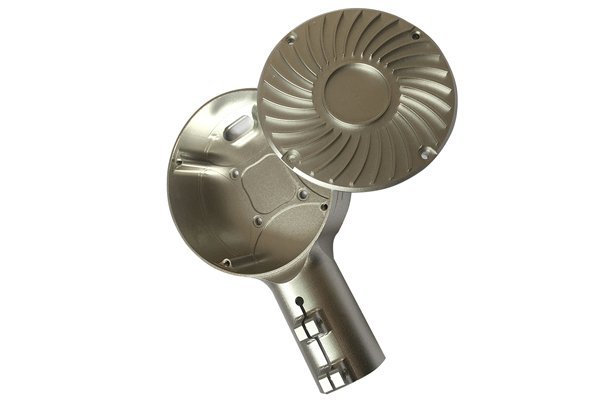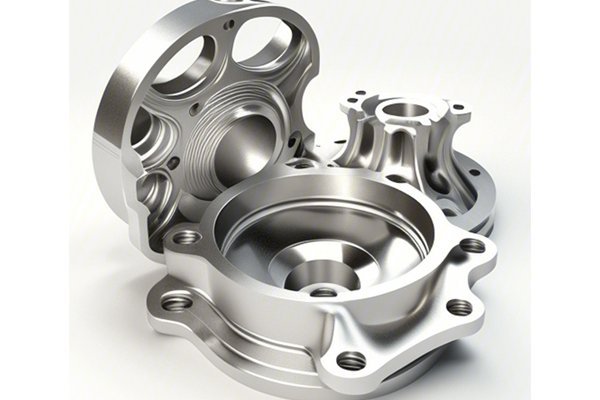Have you ever wondered why some machined parts last longer and perform better than others? In the realm of manufacturing, especially in industries like aerospace, automotive, and medical devices, this question is crucial. According to a study by the National Institute of Standards and Technology (NIST), up to 40% of the production costs can be attributed to inefficient surface treatments in CNC machining processes. This statistic highlights the importance of understanding how effective surface treatment methods can dramatically enhance the performance and durability of machined parts.
In this blog, we will delve deep into the intricate relationship between CNC machining surface treatment, the longevity of parts, and their overall performance. We will cover the various types of surface treatments available, their benefits, and how they specifically impact the structural integrity and functional capabilities of different materials.
Understanding CNC Machining and Surface Treatments
CNC (Computer Numerical Control) machining is a highly precise manufacturing process that utilizes programmed controls to dictate the movement of machinery and tools. This automation allows for greater accuracy and repeatability, making CNC machining an essential technology in various industries.
However, the raw machined parts often have inherent limitations such as surface roughness, porosity, brittleness, and susceptibility to corrosion. These challenges necessitate the application of surface treatments. Surface treatments are essentially processes that modify the surface of a material to enhance its properties, such as hardness, wear resistance, and corrosion resistance.
Before diving into specific surface treatments, it’s essential to understand why they play a pivotal role in extending the life and enhancing the performance of CNC-machined parts.
Why Are Surface Treatments Important?
Popular CNC Machining Surface Treatments
Let’s explore some of the most commonly used surface treatments in CNC machining, their processes, and how they impact part performance and service life.
Anodizing is an electrolytic process that converts the surface of aluminum or aluminum alloys into a durable, corrosion-resistant anodic oxide finish. This surface treatment increases the thickness of the natural oxide layer on the aluminum surface.
Benefits:
A more specialized form of anodizing, hard anodizing is performed at lower temperatures, resulting in even thicker and harder oxide layers. Ideal for parts that require exceptional wear resistance, hard anodizing is often used in hydraulic cylinders, gears, and military applications.
Benefits:
This mechanical treatment involves bombarding the surface of a part with small spherical media (shot), which induces compressive residual stresses. Shot peening is commonly used to improve the fatigue strength of components.
Benefits:

Coatings can be either functional or decorative and are applied to enhance properties like corrosion resistance, lubrication, or thermal insulation. Common types of coatings include powder coating, paint, and titanium nitride coatings.
Benefits:
While these are mechanical processes rather than chemical treatments, they are crucial for improving surface finish and dimensional accuracy.
Benefits:
Factors Influencing the Selection of Surface Treatments
When determining the best surface treatment for a part, several factors must be taken into account:
Material Type
Different materials respond differently to surface treatments. For instance, steel and aluminum may require distinct treatment processes due to their unique properties. Understanding material characteristics can lead to better choices in surface treatment.
Application Environment
Consideration of the end-use environment is critical. Components exposed to corrosive chemicals may require enhanced corrosion-resistant treatments, while those exposed to extreme temperatures might need surface treatments that maximize thermal stability.
Performance Requirements
Evaluate the specific performance metrics required for the part. Components in high-stress environments benefit from treatments that enhance durability and fatigue resistance.
Cost vs. Benefit Analysis
Surface treatments can add to manufacturing costs; however, if they significantly enhance part lifespan and performance, the initial investment can yield substantial long-term savings.
Measuring the Impact of Surface Treatments
To substantiate the benefits of various surface treatments, quantifiable measures and testing methods must be implemented.
The impact of CNC machining surface treatments on the long-term life and performance of parts cannot be overstated. By applying the appropriate treatments, manufacturers can significantly enhance durability, resistance to wear, and overall functional capability. With an understanding of the various surface treatments available and the situations in which they are most effective, companies can improve their product offerings and reduce long-term costs.
In summary, whether you are focusing on aerospace components needing enhanced fatigue resistance, automotive parts requiring robustness, or consumer goods demanding aesthetic quality, the right surface treatment can drastically influence the end product’s success. Therefore, as you consider your CNC machining options, remember that investing time and resources into surface treatments is an investment into the longevity and efficacy of your parts.
This blog serves as a reminder that surface treatments are not just an afterthought but rather an essential component of the manufacturing process. As you reflect upon this information, consider how optimizing surface treatment processes can position your organization for enhanced performance and sustainability in a competitive market.






